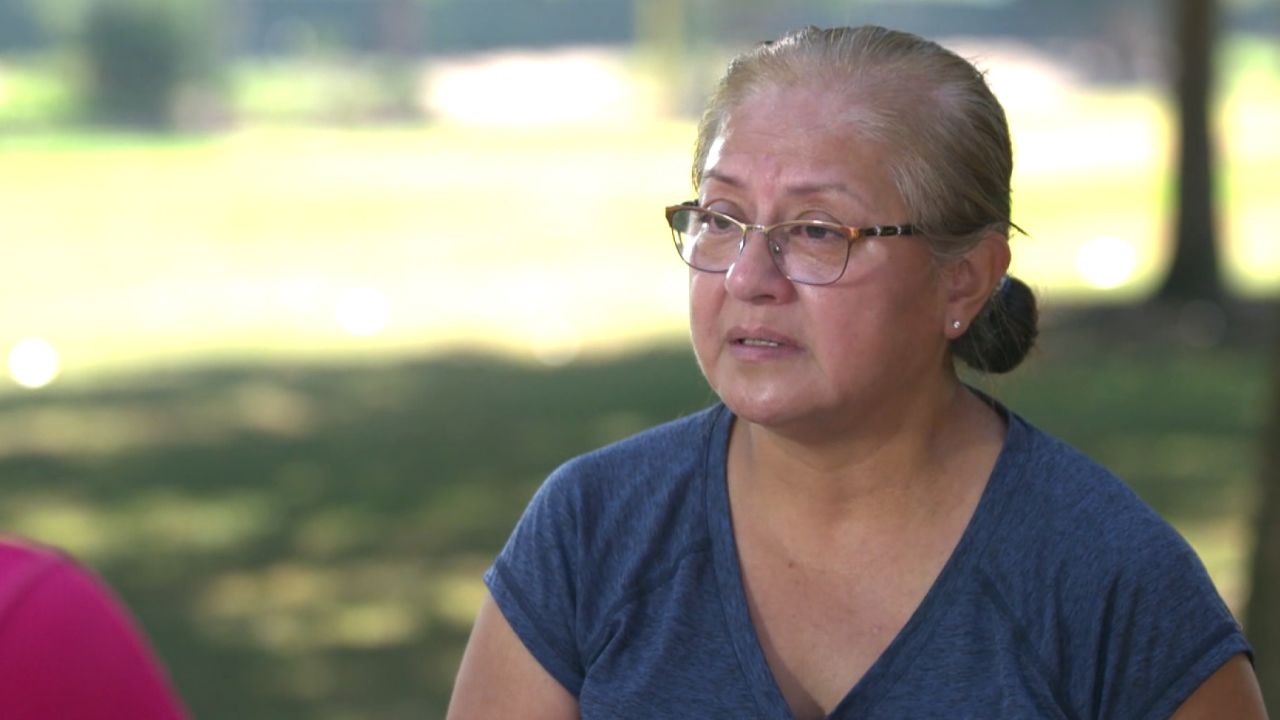Another key measure of inflation set a fresh 40-year high in June, a month marked by record-high gas prices.
The Personal Consumption Expenditures price index, which measures the change in the prices of goods and services purchased by consumers, rose by 6.8% in June as compared to the same period last year, according to data released Friday by the Bureau of Economic Analysis.
That surpasses the previous 40-year high of 6.6% in March of this year and falls just shy of the 6.9% year-over-year rate notched in January 1982, when inflation was decelerating from one of its highest levels in US history.
Prior to June, the PCE index held steady at 6.3% for both May and April. However, June saw gas prices hit record levels, and the PCE price index reflected those gains: Food prices increased 11.2% and energy prices grew 43.5%, according to the BEA. Month over month, the PCE price index rose 1% from May.
Stripping out the volatile food and energy prices, core PCE – the inflation index closely watched by the Federal Reserve – increased by 4.8% from one year ago, up slightly from May but down from a high of 5.3% in February.
Soaring energy prices helped push the Consumer Price Index, another primary gauge of inflation, to a near 41-year high in June, according to data from the Bureau of Labor Statistics released earlier this month.
Incomes taking a hit
Friday’s BEA data showed that Americans’ incomes grew by 0.6% month over month, disposable income grew by 0.7% and spending jumped by 1.1%. However, when taking inflation into account, consumer spending ticked up only 0.1% and disposable incomes fell by 0.3% month over month.
Consumer spending is slowing, mostly due to inflation, said Scott Brave, lead consumer spending economist at Morning Consult.
“Inflation-adjusted disposable personal incomes fell again in June, and it’s really been trending down consistently for well over a year now,” Brave told CNN Business in an interview. “And that just puts pressure, it puts a strain on the consumer to react, and I think we’re reaching that point now where growth is certainly slowing.”
Lower-income households got hit first, and they got hit the hardest, he said.
“More recently, we started to see that filter into middle-income households as well,” he said. “They are also starting to pull back more on spending and having to adjust their allocations of spending.”
Consumers still have a dour outlook
Understandably, consumers aren’t feeling great about the state of the economy right now, especially the high inflation.
An index of consumer sentiment during July measured 51.5, according to a final reading of data from the University of Michigan’s Surveys of Consumers. That’s up slightly from July’s preliminary figure of 51.1 and settles in above the all-time low of 50 that was set in June.
“Robust consumer spending had been supported by strong labor markets and the expectation of growing incomes; but with persistently high prices eroding those incomes, consumers are adjusting their spending habits to cope,” Surveys of Consumers Director Joanne Hsu said in a statement. “With emerging concerns that rising unemployment could be on the horizon, this pullback in consumer spending is likely to be amplified if their concerns over the future path of the labor market continue to grow.”
Consumers in the July survey expect that median inflation will land at 5.2% during the next year and at around 2.9% in the next five years.








